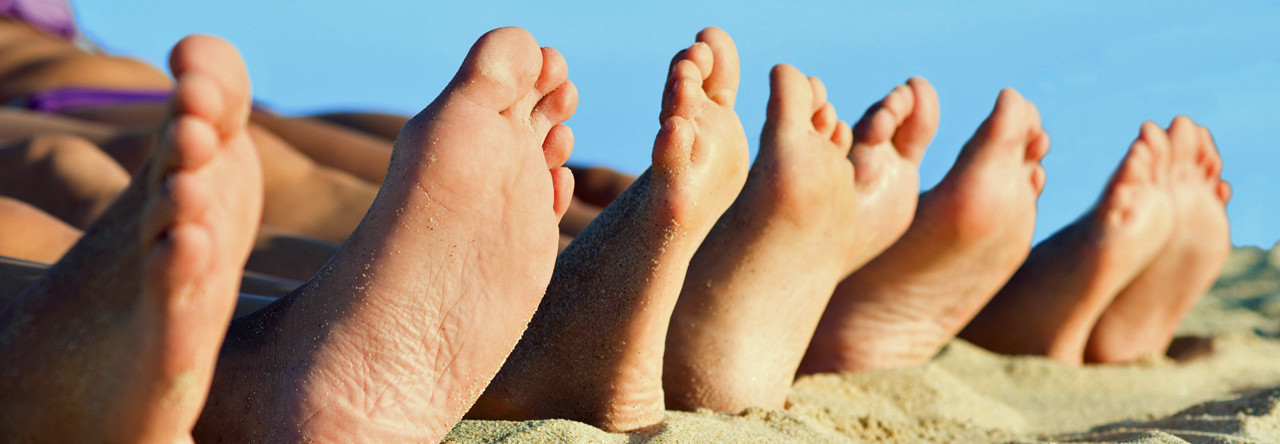Hammer toe is a term that is commonly used to describe any type of toe deformity which may or may not be a problem. In a hammertoe the deformity usually exists in one toe (at the proximal inter phalangeal joint) – the base of the toe points upward and the end of the toe points down.
The symptoms of a hammer toe are usually first noticed when a corn or bunion develops on the top of the toe and becomes painful, usually when wearing tight shoes. There may be a bursa under the corn or instead of a corn, depending on the pressure. Most of the symptoms are due to pressure from footwear on the toe. There may be a callus under the metatarsal head at the base of the toe. Initially a hammer toe is usually flexible, but when longstanding it becomes more rigid.
Some families are more prone to develop hammer toes other simply have weaker small muscles in their feet.
Prevention of a hammer toe can be difficult as symptoms do not usually start until the problem is well established. However, there are several things that you can do:
• Wear appropriate footwear. The correct amount of space in the toe will allow the toes to function without excessive pressure. Shoes should be one-half inch longer than your longest toe.
• Treat any corns or calluses that are present.
• Use padding to get pressure off the toe.
• Use hammer toe crests and hammer toe splints.
• Ger gel toe shields and gel toe caps.
If conservative treatments are not successful, surgery may be used to correct a hammertoe, usually as a day procedure.
Category: Hammer Toe
Mallet toe occurs when the joint at the end of the toe cannot straighten. Excessive rubbing of the mallet toe against the top of the shoe can lead to pain and the development of a corn. The tip of the toe is often turned down against the shoe causing pressure and discomfort. Mallet toes can cause extreme discomfort, and can be aggravated if restrictive or improperly fitting footwear is worn for a prolonged period of time.
Each of the lesser toes (all but the big toe) has three bones. The deformities, a hammer toe, claw toe, and mallet toe, are all due to abnormal positions of the bones at the joints between the bones. The mallet toe is the deformity where the most distant joint points downward. This is most common in the second toe in patients whose second toe is the longest toe. A painful callous can form at the tip of a mallet toe.
Tight, ill-fitting shoes are the main cause of all these deformities. Anytime the toes are compressed into an abnormal position for any length of time, problems with the feet will follow. There are orthotic devices to help get your feet back into the right position. Comfortable shoes with plenty of room for the toes are a must. If you have chronic pain, surgery may even be necessary to get relief.
